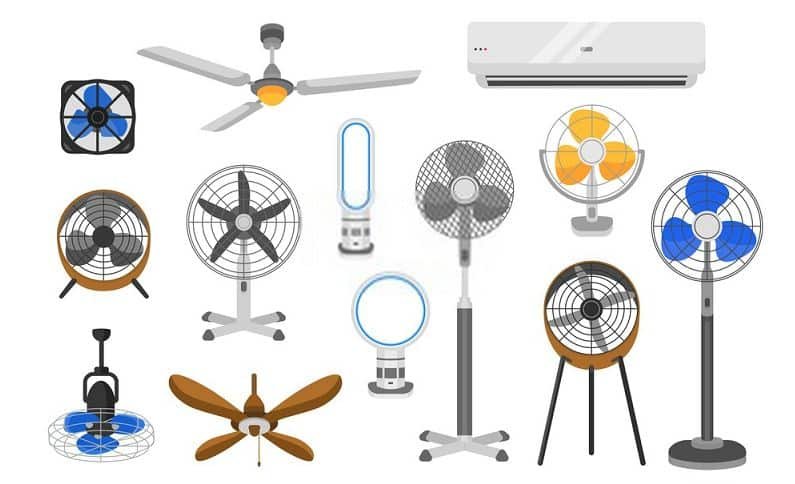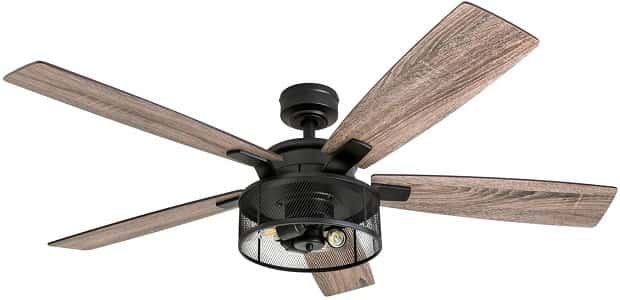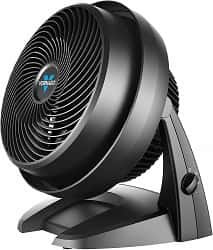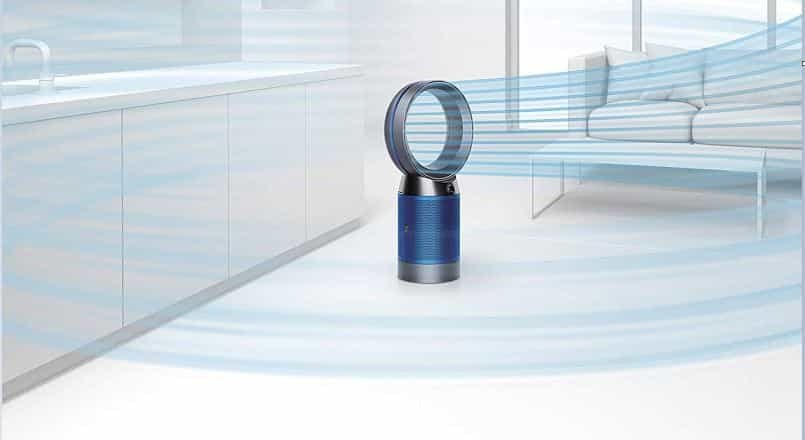
The main choice for cooling a space or room in the summer must be a cooling system, correct? In any case, not everyone can afford the expense of a home cooling system because AC is outrageously pricey and requires you to spend a significant amount of electricity during the hot months. The greatest and most frequent options for a cooling system are fans. Because there are so many different types of fans on the market, each with a different purpose and set of characteristics, it can be challenging to choose the right one for your room.
In this way, if you don’t have a concept of each type of fan, you will end up being exceedingly perplexed. Try not to be anxious! After reading this article, you should have a basic understanding of the several types of fans that are typically used in families.
A fan helps you keep your house cool during the summer, as well as remove heated air, maintain ventilation, and also remove any kind of harmful gases or bad odors from the space. There are several companies on the market that make the greatest kind of fans. The numerous types of fans that are available on the market are listed here.
Top 4 Different Types of Fans for Residential Use
Ceiling fan
This is the typical and most often used fan that you will find in most families. It is shown as an industrial fan that mounts from the ceiling of a room and is often powered by electricity.
These fans typically have pivoting placed at the center that aids in evenly spreading and directing air. Since ceiling fans are often hanging from the middle of the room, air is pushed similarly over the entire area or room.

These fans have been used since 500 B.C., and they primarily originated in India. Previously, ceiling fans were operated physically with a line’s help. From that time forward, in the 1870s, spinning ceiling fans that were powered by a stream of flowing water were introduced in the United States. Curiously, there are still some rotating fans in use today, and you may find them in various southern regions of the country.
Philip Diehl finally invented electrically powered ceiling fans in 1882. Each of these fans has its own independent screen unit, which motivates them to operate with electrical force.
When it comes to use, ceiling fans only move air and, with the aid of their inverter for air bearing, contribute in both warming and cooling.
One sort of industrial fan is the ceiling fan. Most ceiling fans use a sturdy pole that is placed far from your line of sight to cling to the roof of a room. When you turn on the fan’s switch, it starts to pivot either in a clockwise or counterclockwise direction. The ceiling fan’s core is affixed with three, four, five, and occasionally even more edges that rotate continuously in a 360-degree circle.
Depending on the type of engine, there are two types of ceiling fans available on the market. Both AC and DC motor fans are involved.
Ceiling fans powered by DC engines can pivot both clockwise and counterclockwise. When the fan rotates counterclockwise, air only flows in a downward direction. It sucks air up at the place where it pivots in a clockwise direction. In this way, you can use a ceiling fan with a DC motor in both the summer and the winter. Fans using DC motors use 70% less energy than ceiling fans with AC motors. Additionally, the operation of DC engine ceiling fans is particularly quiet.
Table Fan
Table fans are another extremely well-known and loved fan option by the vast majority, just like ceiling fans. Table fans can be placed on a table or even the floor; all they require is a modest area and a sturdy base. They are incredibly small, practical to use, and easy to access.

Additionally powered by electricity, table fans have an internal engine. Many people are inclined to utilize table fans since they are sturdy, meet their needs for portability, and are affordable.
The ability to manage devices is probably these enthusiasts’ biggest latitude. The design and specialized components of these fans are constantly being updated, so they will typically provide more comfort and convenience. Currently, a few fan companies are manufacturing quick table fans with separate, proprietary remote controls. Clients can control the direction and speed of the air according to their needs thanks to this component. Because they provide air ventilation in a level manner, these fans also ensure a greater reach and an increasingly equal distribution of air.
This tiny swaying marvel is most appropriate for a lone person. Typically, a person using a workstation at home or in the office will use a fan. A fog cooling system is included in the more recent work area fan version to provide extra cooling effects. It works amazingly well for cooling on your dressing table and bathroom.
You can use a table fan in your room, living room, bathroom, backyard, desk area at the office, or study table. That said, they are also very reasonable to use alongside a vanity or dressing table and will help you feel comfortable when applying makeup. Additionally, you might get a window fan or a fumes fan that are excellent for the kitchen.
This is a genuinely tall, narrow, tower-like fan, as suggested by the name, and it often has smooth and minimal structures. Tower skillets are thought of as cooling devices with a swiveling base. They also have built-in ionizers that aid in the air purifying process.

Due to their 90-degree airflow, tower fans cover a large area. Additionally, they include channels on the sides of the device that allow them to draw in outside air.
They have a simple fan component with cutting edges in the shape of tubes for the ideal type of air conveyance procedure. Tower fans use less energy and only circulate the air indoors compared to air coolers. Given that it doesn’t actually chill the air, rather enhancing wind current, this makes it very different from a cooling system.
Tower fans have a great deal more flexibility than standard electric fans because they take up significantly less space, are lightweight, and are incredibly adaptable.
Tower fans are the most common type of devotee in the modern world since they provide advanced highlights that no other fans can provide.
They are thin and lightweight. In a similar vein, moving this device from one room to the next without any issues is possible.
When one thinks of a tower fan, they picture a hollow, circular holder that houses the fan’s engine and blades. This tube-shaped container, which houses the fan, is swung 90 degrees to the left and to the right by an electric motor.
Tower fans’ impeller blades, also known as their cutting edges, are specially crafted to drive air out of the hollow, spherical shell more swiftly. This kind of sharp edges also helps to push the air in an upward and downward direction.
These are especially well-liked for their outstanding cooling abilities and their increased versatility. Pedestal fans are described as electric, oscillating fans that are powered by a separate stand that can be adjusted to balance them according to your needs and requirements.

These are unimaginably tall in stature and are also known as “stand fans.” They are created with a wavering component that greatly aids in the best air movement and dispersion. They are also incredibly portable and lightweight, so unlike ceiling fans, they can be easily relocated and simply turned on by connecting the switch to the attachment.
Pedestal fans have the amazing advantage of being multifunctional, and most modern pedestal fans come with a remote control feature that allows you to alter the direction and speed of the air while just sitting still.
Platform fans operate similarly to Pinnacle fans. It does not, however, appear attractive like a pinnacle fan. The tower fan is still amazing at that stage, though.
A platform fan’s entire body rests on a stature-flexible stand that is supported by a sturdy spherical base. If you want to direct the air over the ground, you can adjust the platform fan’s height. Additionally, they stream air in a particular way at their optimum, allowing you to direct the wind onto your face or around your bed.
It’s wonderful to see that platform fans now come with a remote control and a sophisticated display, which was incredibly uncommon just a few years ago. It is simpler to understand because of this distinctive component. Platform fans have the same 90-degree wavering motion as pinnacle fans, which allows them to cover a larger area.
